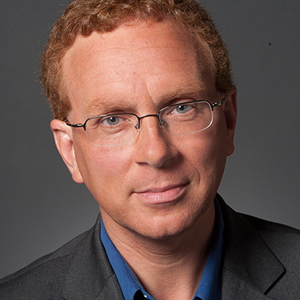This is the structural reality that shapes our politics.
And it shapes the governing that extends from that politics. Almost everything about what's happening now in Washington can be linked to the design of our congressional districts, and to the elections that shape the House of Representatives.
"On Nov. 6, Democrats won the most votes in contested House races," explains Richie...
"FairVote's post-election analysis of partisan voting trends suggests an underlying national preference toward Democrats of 52 percent to 48 percent. (If there had been no incumbents and each party had run a candidate in every district, the Democrats would have won 52 percent of the votes.) With a comparable edge in 2010, Republicans gained sixty-four seats to take the House. But this year, winning a House majority would have required a much bigger swing toward Democrats, as much as 55 percent of the vote, a historical high."
This brings us back to Tuesday's special election in South Carolina's 1st district. Colbert Busch's capable campaigning -- or, perhaps, Sanford's imperfect campaigning -- resulted in a significant swing by voters to the Democratic column. But the district was designed to withstand a significant swing.
In 2012, the Democratic nominee took just 29 percent of the vote. Colbert Busch took 46 percent. So, in what was probably a best-of-all-worlds scenario for the Democrats, their candidate raised the party's percentage of the vote by almost sixteen points. But she needed a swing of more than twenty-one points.
What happened in South Carolina will keep happening there and in the vast majority of American congressional districts for so long as those districts are drawn to advantage one party or the others.
Groups such as Common Cause argue for a host of redistricting reforms that make sense in a democracy including the creation of independent commissions to conduct redistricting and the establishment of strict criteria for how districts must be drawn.
FairVote's Richie argues for going even further.
"The best way to remove the structural unfairness inherent in the current House of Representatives is to get rid of winner-take-all elections," Richie argues in a recent report (written with Devin McCarthy)...
"FairVote has a plan to do just that, grounded in our Constitution and American electoral traditions. The first requirement is an act of Congress. The more ambitious plan would be for Congress to prohibit winner-take-all elections in all states that elect more than one House Member. A more modest step would be to repeal the congressional mandate for states to use single-member districts that was established in a 1967 law."
FairVote's proposes building a new model for electing members of Congress. They'd like to see American states follow the model of countries around the world and move to a system of proportional representation, in which "existing congressional districts would be combined into multi-seat 'super districts' of between three and five members, in which members would be elected using fair-voting systems -- American forms of proportional representation based on voting for candidates."
That's a smart proposal that would result in a far-more representative Congress.
As such, it will be hard to enact--as, frustratingly, are even the most simple redistricting reforms.
But Americans who favor representative democracy don't have a choice. Along with all the reforms that are needed -- overturning Citizens United , eliminating the Electoral College, establishing a constitutionally defined right to vote -- working to make congressional elections genuinely competitive is necessary to curing what ails the political process.
And it sure beats trying to come up with deep and meaningful explanations for why Mark Sanford is headed back to Congress. This one isn't complicated. It's structural.
(Note: You can view every article as one long page if you sign up as an Advocate Member, or higher).





